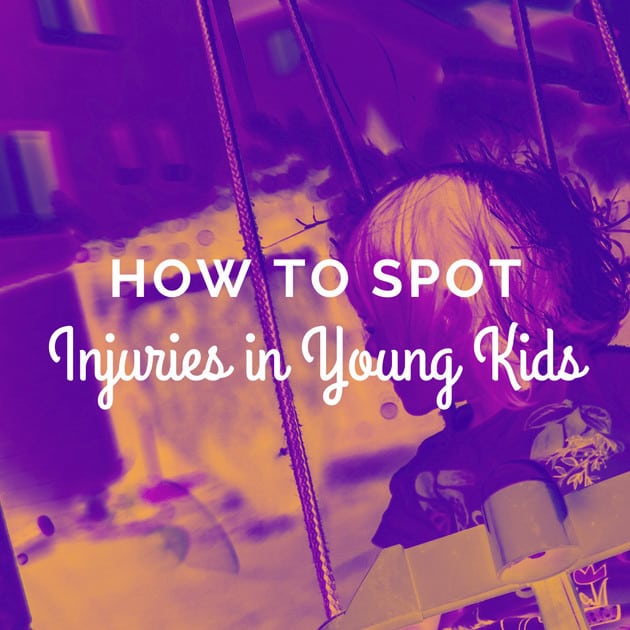
Young children often cannot communicate when they have been hurt, but there are physical cues parents can look for in their children. Here are some common types of injuries and signs that a child may need emergency medical care.
Head injuries
Parents should seek medical attention immediately if a child seems much more cranky than usual after a head injury and shows signs such as:
- Headache or persistent rubbing of the head
- Neck pain
- Increased drowsiness or an inability to wake up
- Slurred speech
- Nausea and vomiting
- Blood or fluid in the ear, nose bleed
- Seizure-like behavior
- a soft spot on the head that feels like it is bulging r unexplained swelling, large bumps, or bruises
- differences the way the child walks such as unsteady walking and balance, and poor coordination
- Pupils are unequal in size
- Loss of consciousness
- Altered vision
- Memory loss about the fall
A trip to an emergency department is needed if a child under age 2 falls more than three feet, or a child more than two years of age has fallen more than five feet.
Eye injuries
Eye injuries such as a black eye or bleeding in the whites of the eye is associated with a nosebleed. Parents should go to the ER if two black eyes appear after a head injury or has sudden vision changes such as double or blurred vision, or has difficulty moves their eyes. Parents can ask their child to follow a finger. If one eyes moves and one stays straight or there is pain, it is a sign of possible significant trauma to the eye.
Mouth and tooth injuries
Losing a baby tooth is not an emergency, but a dentist should examine the child within 24 hours. If a permanent tooth comes out, contact a dentist for instructions and/or check the link below ASAP.
Fractures
Fractures are the most common types of injury in infants and toddlers. These types of injuries can occur when children fall off of changing tables, beds, coffee tables, sofas, or from a falling height. The symptoms manifest themselves as immediate swelling at the point of injury, deformity, and reluctance to use that body part. The most common facture is the clavicle, while others occur at the elbow, wrist, legs, and fingers.
The five P’s
According to The Children’s Hospital Los Angeles, there are five Ps that are other signs that warrant an immediate trip to the Emergency Dept.:
- Pain – extreme sensitivity and discomfort
- Pallor
- Paralysis – being unable to move an injured body part
- Parasthesia – tingling or numbness
- Pulse – not detectable or weak
If these symptoms appear, parents should seek immediate medical attention for their children.
Injuries & Emergencies – HealthyChildren.org from the American Academy of Pediatrics

This first aid handbook is the first thing you should reach for when your child has an emergency–when every second counts. It is designed to help people with limited training in emergency medical procedures–parents, babysitters, grandparents, and childcare providers–deal quickly and easily with 34 of the most common childhood emergencies. It features numbered step-by-step instructions with easy-to-read type. The illustrations are clear and make the instructions immediately understandable. It tells you what you need to know about each emergency, what to check, when to get professional help, and what not to do.”

